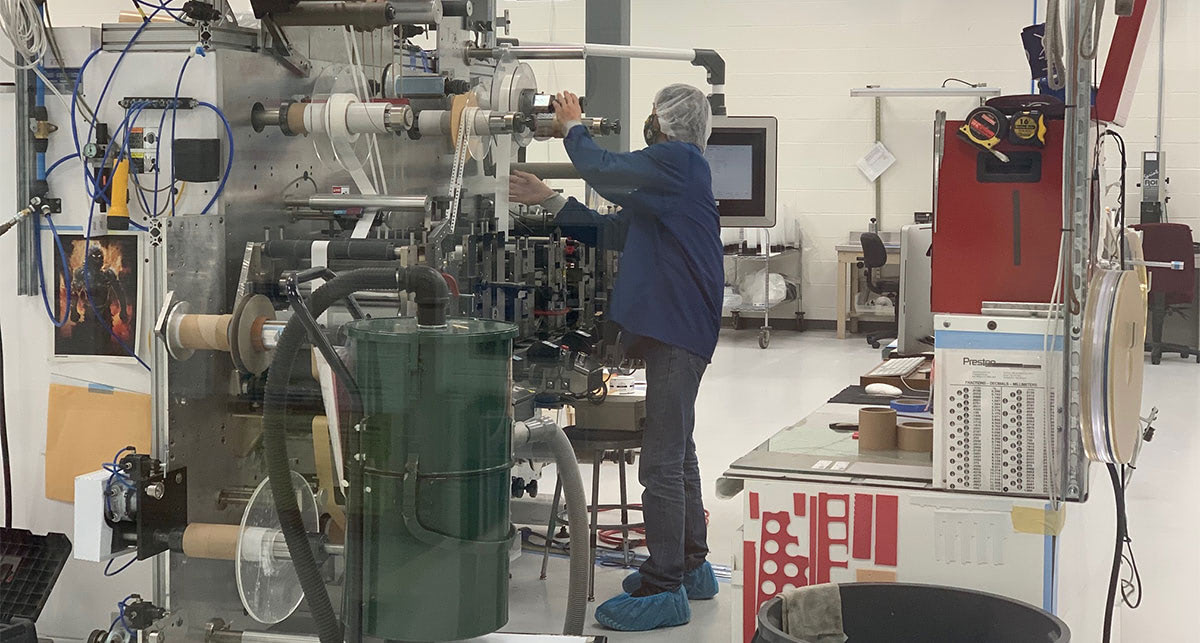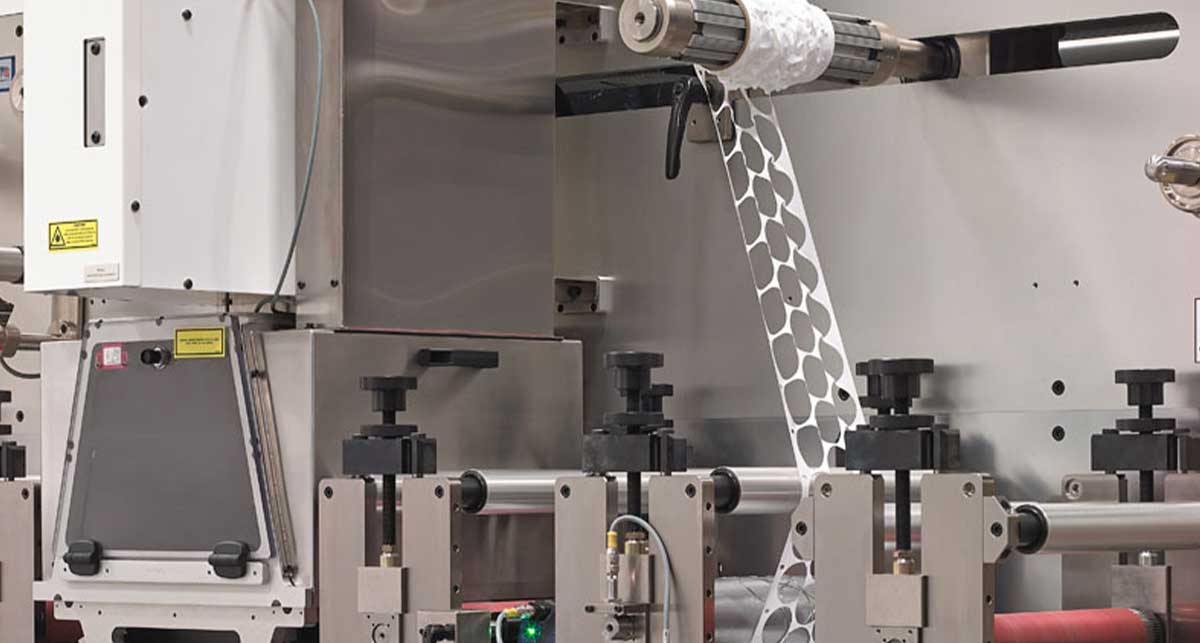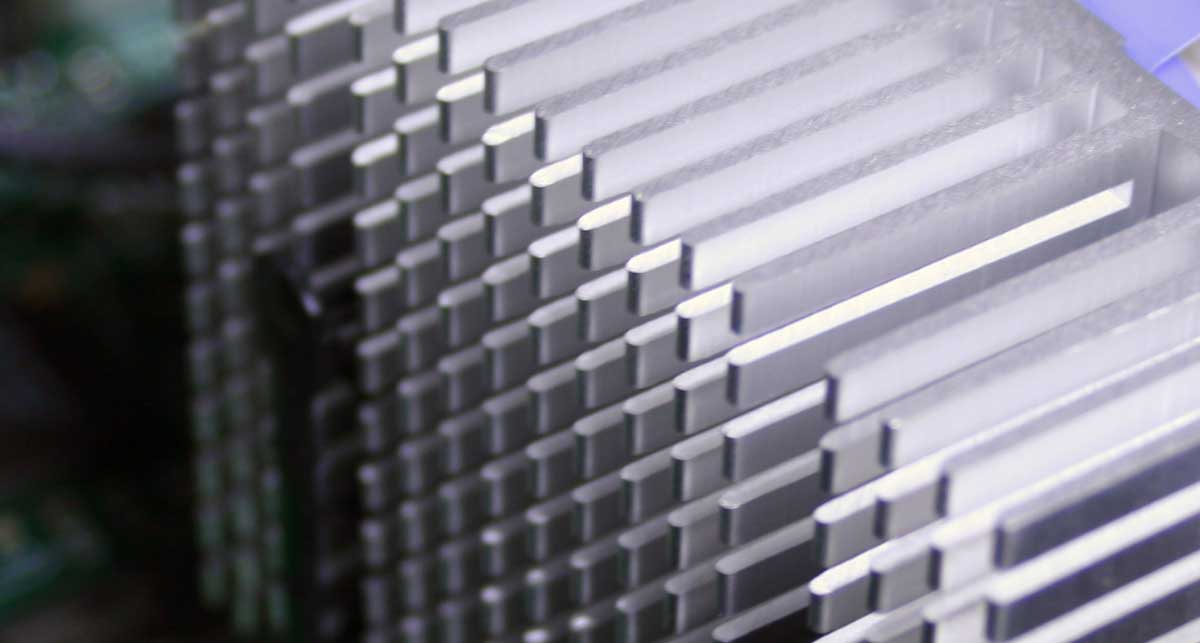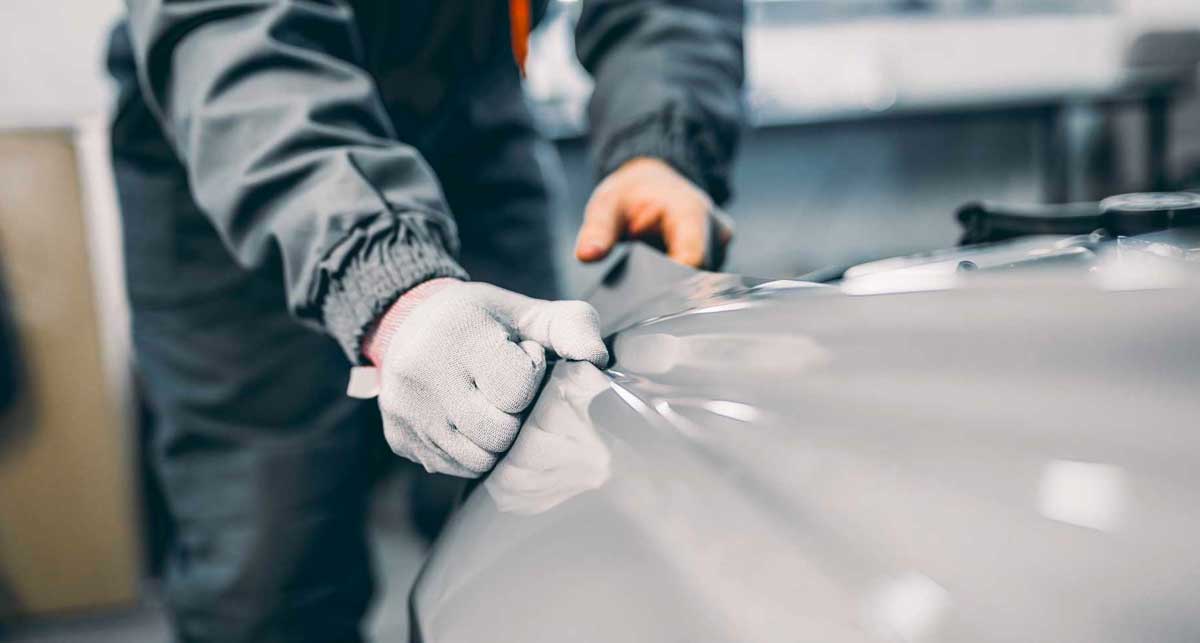One moment you’re combing through high-strength bonding adhesives like a total expert, the next you’re staring at a vaguely familiar product with a question on the tip of your tongue: What is extrudable tape?
While you’ve likely heard of or used VHB before, this might be your first time encountering 3M extrudable VHB tape—a melting adhesive solid created for automation.
As a 3M partner, Strouse regularly converts VHB tape into specialized parts. We’ve spent countless hours working with VHB adhesive, which is why today, we’ll compare the tape to the extrudable option so that you know which is right for your project.
What is VHB Tape?
Very High Bonding (VHB) Tape is a 3M acrylic tape with a powerful bonding strength to join materials permanently. It can be applied by hand or using a machine and can withstand moisture, humidity, UV light, and chemicals.
VHB tape is often used for high-strength bonding and sealing applications. Common VHB applications include sealing or attaching vehicle trim, signs/displays, architectural panels, windows/doors, appliances, and electronics.
The viscoelastic properties of VHB tape allow it to sink into the microscopic irregularities of different materials and form even stronger connections.
What is Extrudable VHB Tape?
Extrudable VHB tape is a high-strength rubber pressure-sensitive adhesive that is heated and applied by an extrusion machine. As a hot melt, the machine melts rolls of the extrudable material into an adhesive substance that flows through the nozzle (in variable widths and thicknesses) onto a material for bonding.
Like any other VHB tape solution, extrudable VHB tape is used to bond metals, glass, rubber, LSE plastics, and other hard-to-bond materials. It doesn’t have specific storage or curing requirements and requires little surface preparation.
3M’s Extrudable VHB GP is typically extruded at temperatures between 375-425°F (190-220°C). When extruding adhesive directly onto a liner or onto a part and then covering the exposed surface with a liner, make sure that it can withstand the heat.
Comparing Extrudable VHB Tape to Regular VHB
So, which one’s right for you? You may find yourself wavering between using VHB tape and the extrudable kind, so let’s compare the two.
USING EXTRUDABLE VHB TAPE
PROS
- Liners aren’t necessary (reduces waste)
- Automation-friendly & programmable
- Turns corners without wrinkles
- Stretch release allows you to rework sections
CONS
- Requires an extrusion machine for application
- Not suitable for outdoor applications/elevated temperatures
-
- High-temperature performance (continuous exposure to above 190°F [88°C]) is not as high as other VHB foam tapes
-
- Heated application could damage your substrates
- Slower production speeds
USING REGULAR VHB TAPE
PROS
- Doesn’t require additional equipment
- Functions outside and in temperatures sometimes above 300°F (149°C)
- Consistent adhesive width and thickness
- Can be incorporated into automation easily
CONS
- Creates waste from liners and die cutting
- Taping corners may cause wrinkles
- Custom shapes require converting
Which Bonding Solution is Right For Me?
For an adhesive solution that reduces waste as much as possible, consider using extrudable tape.
On the other hand, if you want a die cut, easy-to-apply adhesive without the hassle of buying and storing the machine, regular die cut VHB tape can do the job.
Ultimately, the choice is up to you based on your project needs. There are a number of scenarios where you should use extrudable tape instead of their roll counterparts.
If you’re curious about what adhesive tape can do for you, contact us for a VHB tape quote today.
Regardless of where you are in the process, our experts will guide you through the different options until you create an adhesive solution that leaves you fully satisfied.
If you’d like to continue doing more research or find a VHB tape distributor, our Learning Center has additional resources that can help you.
%20(1)-min.png?width=290&name=Untitled%20(52)%20(1)-min.png)






